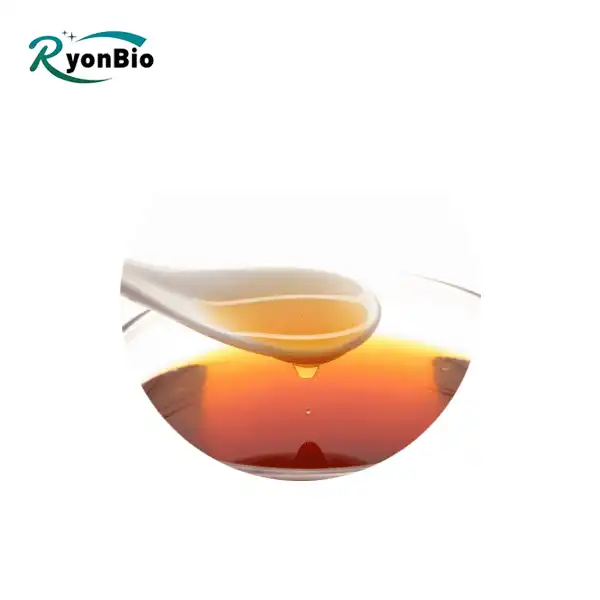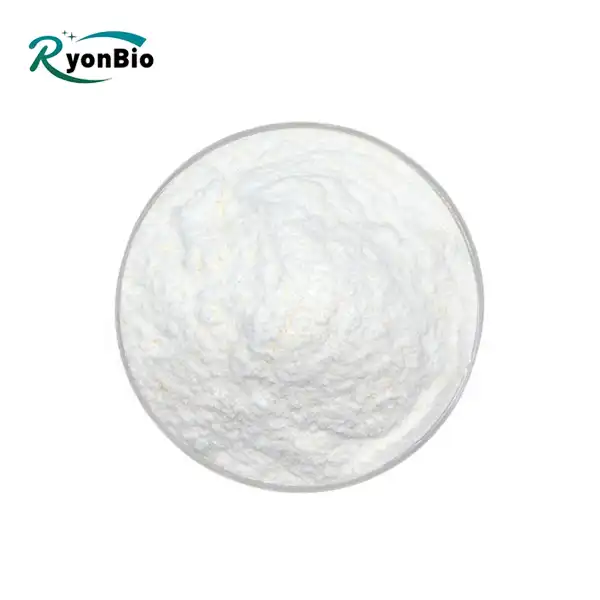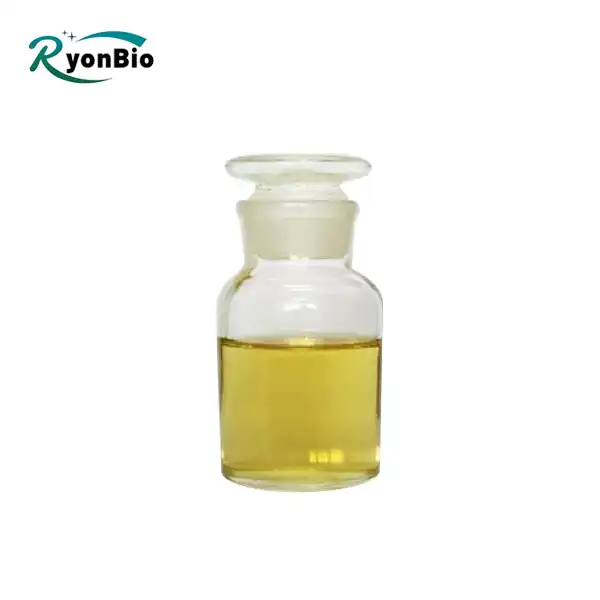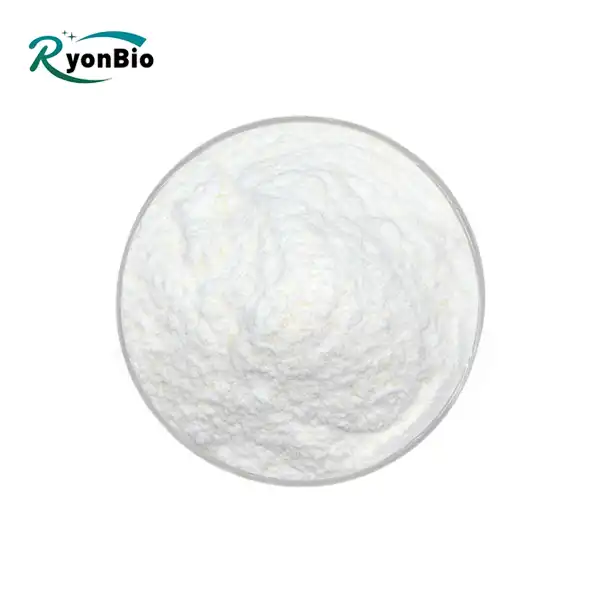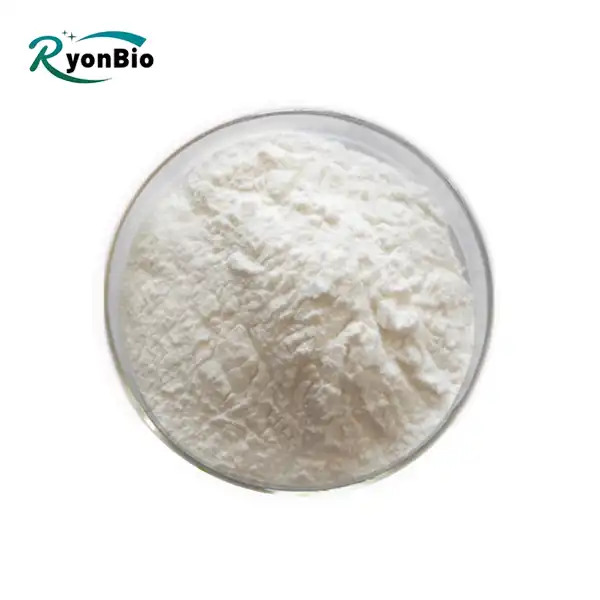As a nourishment master having some expertise in weight reduction, I comprehend the significance of picking the right Whey Protein Powder 83% to successfully uphold your wellness objectives. In this article, I will dig into the main ten sites positioned by Google to give you master experiences on choosing the best product for weight reduction.
Understanding Different Types of Whey Protein Powders
When considering Whey Protein Powder 83% for weight loss, it's crucial to understand the different types available. According to Healthline's comprehensive guide on protein supplements, the product comes in three main forms: concentrate, isolate, and hydrolysate. The product concentrate contains varying levels of protein, while isolate undergoes further processing to remove more carbohydrates and fats, making it a purer protein source. Hydrolysate is predigested for easier absorption. For weight loss purposes, the product isolate is often recommended due to its high protein content and lower calorie count per serving, aiding in calorie control while supporting muscle recovery and growth.

Key Factors to Consider When Choosing a Whey Protein Powder
According to Verywell Fit, one of the top resources for fitness and nutrition, several factors should guide your choice of Whey Protein Powder 83% for weight loss. Firstly, the protein content per serving is critical, as higher protein intake has been linked to increased feelings of fullness and improved metabolism during weight loss. Secondly, consider the ingredient list to avoid additives and unnecessary sugars that could hinder your weight loss efforts. Lastly, check for third-party certifications like NSF International or Informed-Choice to ensure the product's quality and safety standards.
Protein Content per Serving
When comparing whey protein powders, check the protein content per serving. Aim for products that provide at least 20-30 grams of protein per serving, depending on your individual protein requirements. This ensures you’re getting an adequate amount of protein to support muscle repair and growth, particularly if you’re engaging in regular intense exercise.
Amino Acid Profile
Whey protein is valued for its rich amino acid profile, particularly its high content of branched-chain amino acids (BCAAs) like leucine, isoleucine, and valine. These BCAAs play a crucial role in muscle protein synthesis and recovery. Look for products that specify the amino acid profile and ensure they contain a substantial amount of BCAAs, especially leucine, which is pivotal for stimulating muscle growth.
Digestibility and Absorption Rate
Consider how well you digest the protein powder. Some individuals may experience gastrointestinal discomfort with certain types of whey protein. Hydrolyzed whey protein is typically easier to digest due to its pre-digested nature. Additionally, check for the presence of digestive enzymes or probiotics in the protein powder, which can aid in digestion and enhance nutrient absorption.
Ingredient Quality and Purity
Examine the ingredient list for any unnecessary additives, fillers, artificial sweeteners, flavors, or colors. High-quality whey protein powders should have minimal ingredients beyond the protein source itself. Opt for products that use natural sweeteners like stevia or monk fruit instead of artificial ones like sucralose or aspartame. Furthermore, non-GMO and organic certifications can indicate higher ingredient quality and purity.
Flavor and Mixability
Flavor is a significant factor, especially if you plan to consume the protein powder regularly. While unflavored versions are available for those who prefer a neutral taste, many whey protein powders come in a variety of flavors. Read reviews or try sample sizes before committing to a large purchase to ensure you enjoy the taste. Additionally, consider the product’s mixability—how well it dissolves in water, milk, or other liquids. Clumpy or poorly mixing powders can be unpleasant to consume.
|
|
|
|
Best Practices for Incorporating Whey Protein Powder into Your Weight Loss Journey
The Mayo Clinic's guidance on using Whey Protein Powder 83% for weight loss emphasizes the importance of integrating it into a balanced diet and exercise regimen. While the product can be a convenient and effective tool for boosting protein intake and enhancing muscle recovery after workouts, it should complement whole foods rather than replace them entirely. Incorporating the product into smoothies or using it as a post-workout shake can help curb appetite and prevent overeating later in the day, supporting sustainable weight loss.
By following these expert recommendations from leading health and fitness authorities, you can confidently choose the best the product for weight loss that aligns with your nutritional needs and fitness goals. Remember, consistency and moderation are key when incorporating any supplement into your daily routine.

Screen Piece Sizes and Calories
Whey protein powders regularly give around 100-150 calories for each serving. In order to avoid exceeding your daily calorie requirements, which could impede your efforts to lose weight, it is essential to include these calories in your diet. Utilize a food journal or an application to follow your caloric admission and guarantee you stay inside your objective reach.
Remain Hydrated
Protein digestion requires satisfactory hydration. Guarantee you drink a lot of water over the course of the day, particularly on the off chance that you're expanding your protein consumption. This will support your kidneys' efficient protein processing and overall bodily functions.
Join with Normal Activity
While whey protein can support weight reduction by saving bulk and advancing satiety, it ought to be matched with customary activity for ideal outcomes. Participate in a blend of cardiovascular activities, strength preparing, and adaptability exercises to consume calories, fabricate muscle, and work on generally speaking wellness.
Listen to Your Body
Pay attention to how whey protein affects your body. Certain individuals could encounter stomach related distress, for example, bulging or gas. If you experience any side effects, you might want to try a different kind of whey protein, like isolate, or cut back on the amount you take. Then again, you could investigate plant-based protein powders on the off chance that whey keeps on causing issues.
Consult a Professional
If you're not sure how to effectively incorporate Whey Protein Powder 83% into your diet, you should think about speaking with a dietitian or nutritionist. They can give customized exhortation in view of your particular dietary necessities, wellness objectives, and any fundamental ailments.
Be Reliable and Patient
Consistency is key in any weight reduction venture. Maintain a healthy diet and exercise routine, adhere to your protein intake goals, and It takes time to lose weight, so patience is essential. Focus on making changes to your lifestyle that are sustainable rather than relying on quick fixes.
|
|
|
|
References:
- Healthline. (n.d.). The 7 Best Types of Protein Powder. Retrieved from [link]
- Verywell Fit. (n.d.). How to Choose the Best Protein Powder for You. Retrieved from [link]
- Mayo Clinic. (n.d.). Whey Protein. Retrieved from [link]
If you want to learn more about this kind of it, welcome to contact us at kiyo@xarbkj.com






